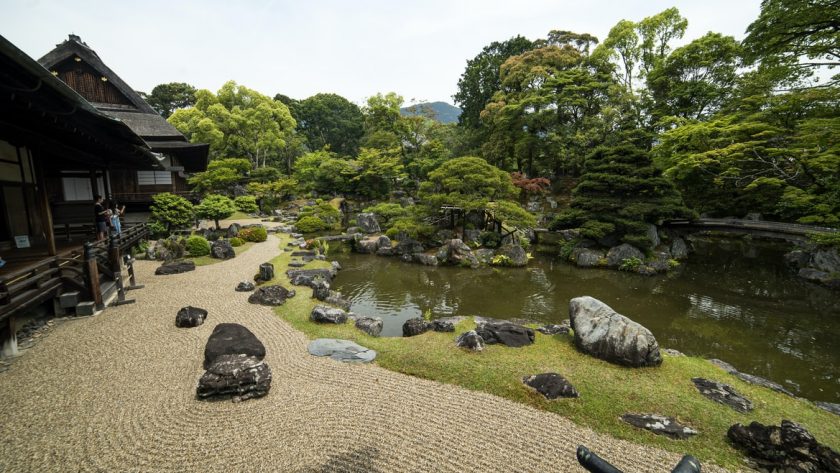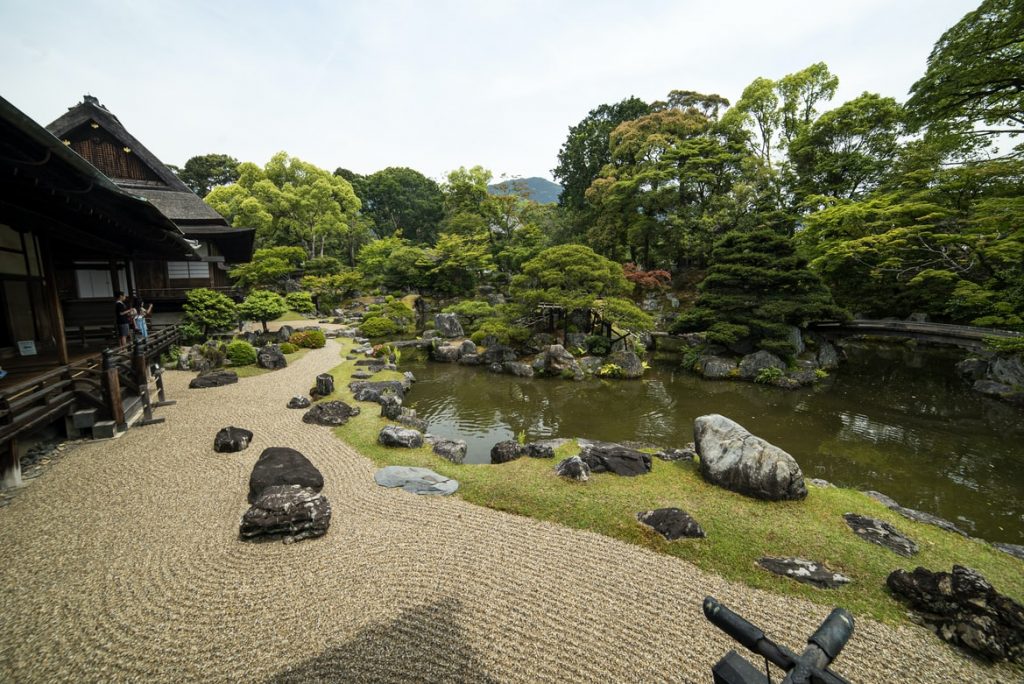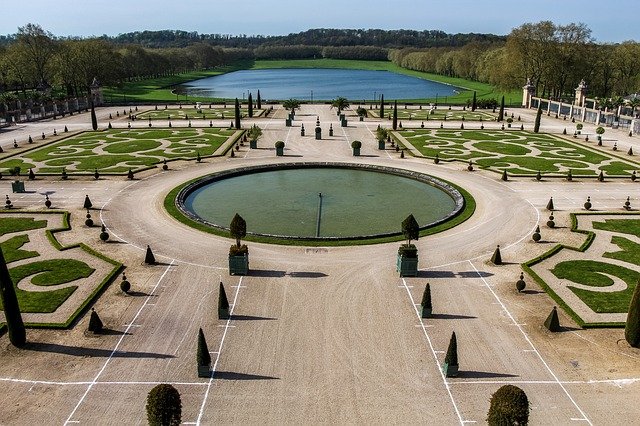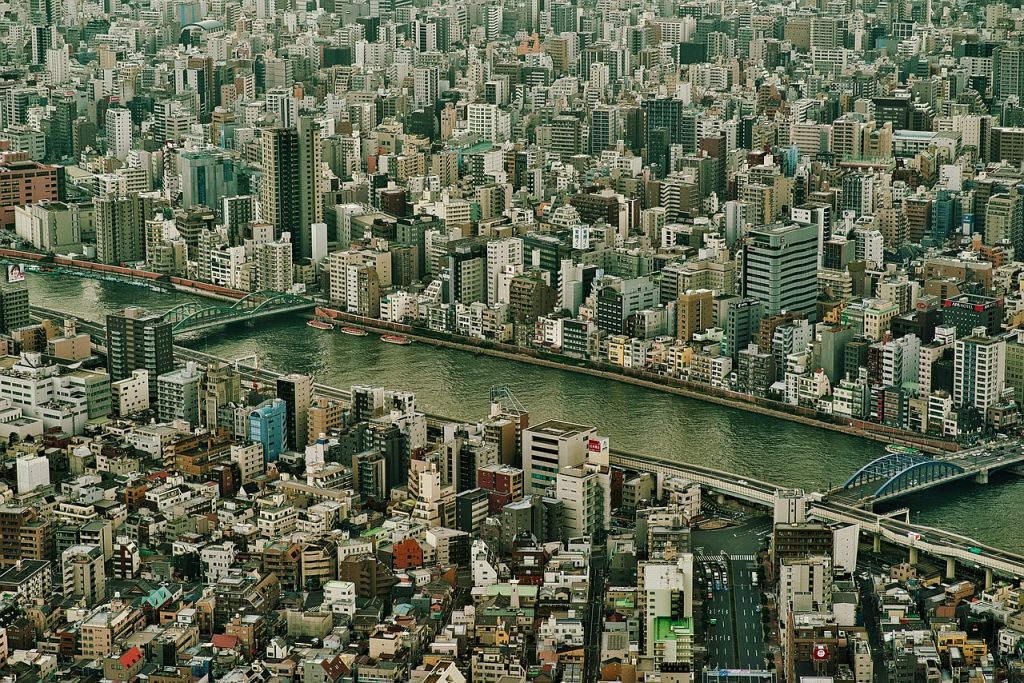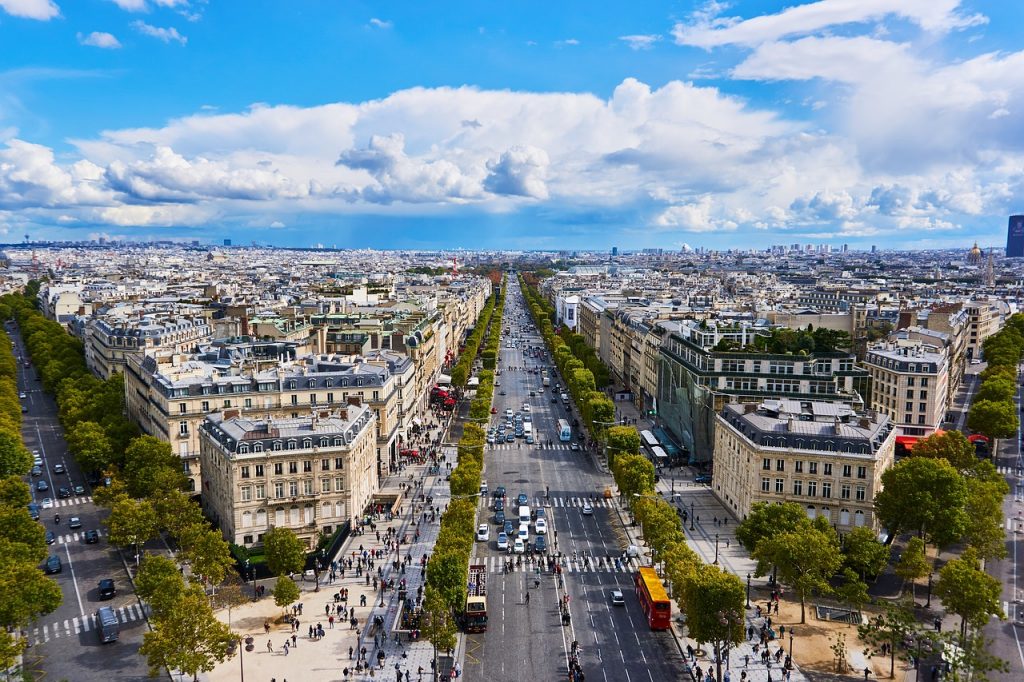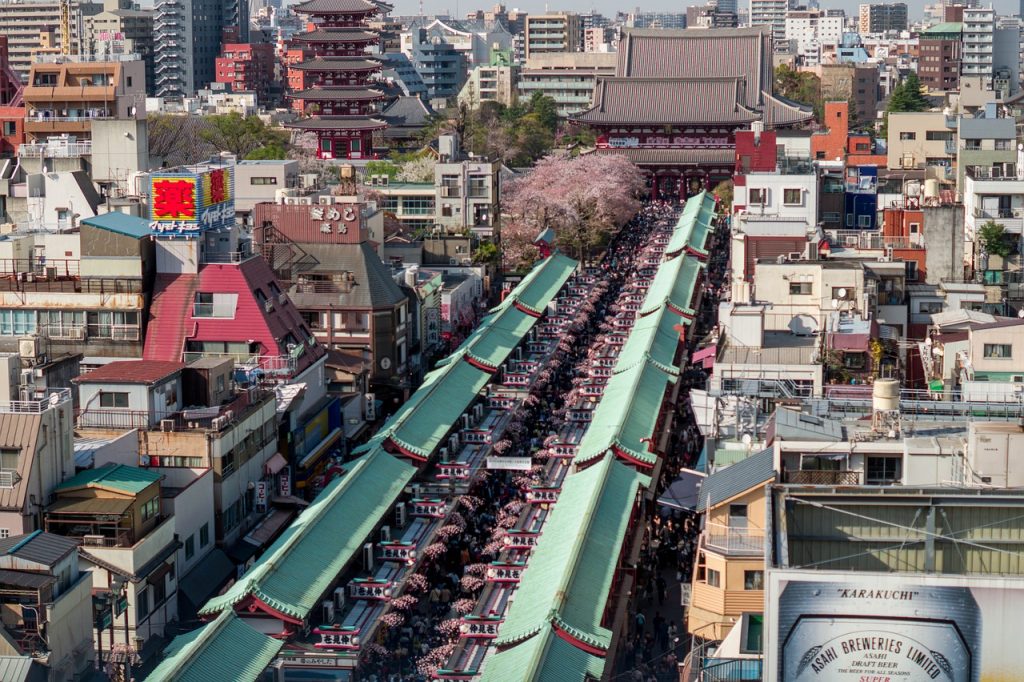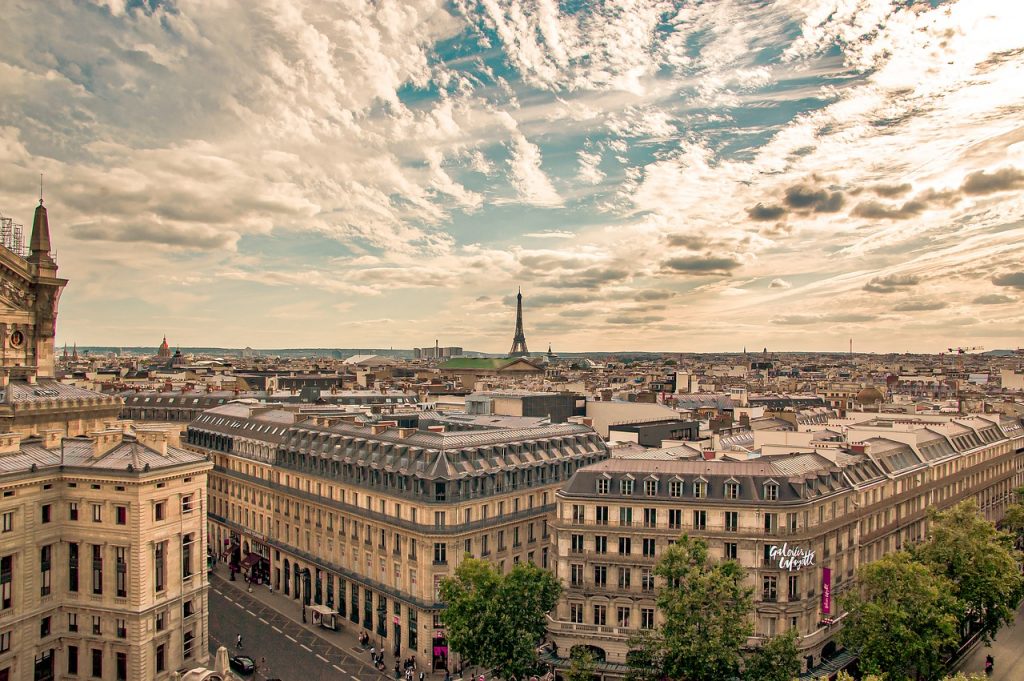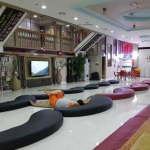When I visited Europe for the first time as a young Japanese, I was surprised by the difference in the scenery of the cities. Immediately what came to my mind was that the difference was the aesthetic sense between the Western and the Eastern (or Japanese in this case) culture. In this article, I would like to look into the differences in aesthetics between the Western and the Japanese.
Gardens
There is a big difference between Japanese and Western gardens. From the materials used to the design, there are many differences in the conception of beauty. Japanese garden often uses stones and trees from nature that are not as bright in colour and irregular shapes. Here, the beauty of asymmetry is very well respected. On the other hand, the Western garden often uses flowers and greenery, which are well-trimmed, creating a geometric order and regular symmetry as beauty.
These differences attribute to the aesthetic sense of nature. The Japanese garden derives from animism (nature worship), which considers beaut as the harmony of nature with the minimum alteration. Traditionally, Japanese houses didn’t have windows, and the indoor and outdoor spaces have been continuous and integrated with nature. In contrast, the Western garden prefers to artificially separate nature from our everyday lives to pursue perfect beauty. Western houses are made of stone and have windows for lighting and ventilation, so there is a discontinuity between indoor and outdoor spaces, and gardens are often visible from balconies. One other reason for the difference is that the Japanese seek the temporal beauty of nature that changes day by day in accordance with the seasons, while in the West, people express the beauty of space with geometric embroidered flower beds.
Cityscapes
In terms of the cityscape, however, I am sure that Japanese people will be surprised to find out the unity of the aesthetics in buildings in Europe. Japanese cities are cluttered and lack a sense of harmony. Throughout the development period in Japan, some said to modernize, and some said to appreciate the ancient culture. Due to the different degrees of importance people had placed on the aesthetic sense over time, the Japanese cityscape had concluded in the mix of clutter.
Meanwhile, cityscapes in Western countries retain the appearance of medieval scenery. not only has the government been preserving the beautiful culture, but they have also contributed to improving the overall harmony of beauty through authentic cultures and developed technologies.
In Japan, in the Edo (1603-1868) and Meiji (1868-1912) periods, Tokyo had a certain degree of uniformity in its townscape. However, when Japan adopted Western culture as a model and proceeded with modernization, the cityscape lost its sense of unity as only a part of it was left instead of preserving the harmony of the whole. It is arguably regrettable that the atmosphere of the entire cityscape got neglected, even though the good qualities of the Japanese cityscape existed back then.
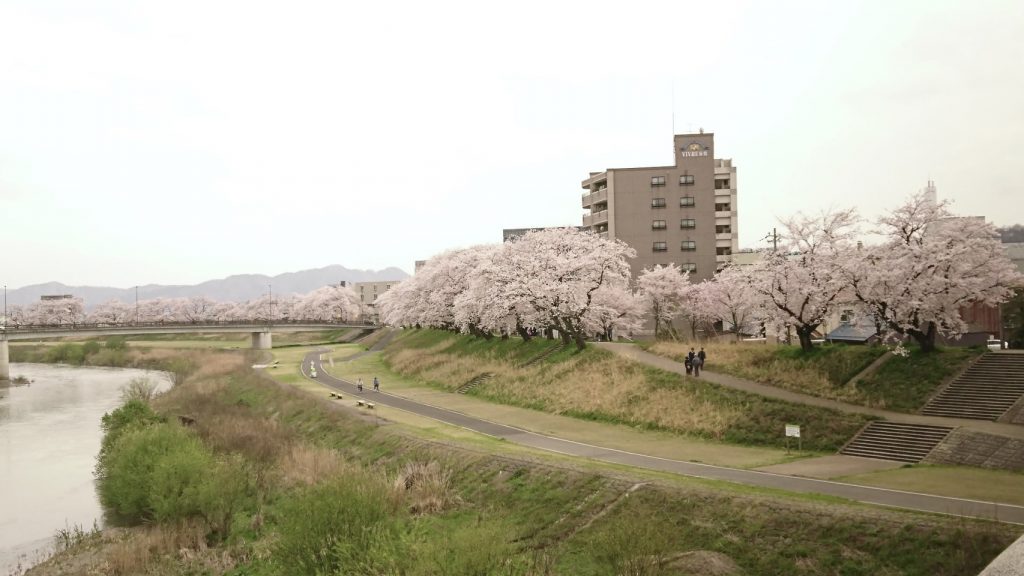
At the root of the Japanese sense of beauty lies the idea of impermanence. Impermanence is one of the Buddhist thoughts that originated in India. However, since the Middle Ages, it has been deeply connected tot eh aesthetic sense of the Japanese people. Foe example, the beauty of cherry blossoms (Sakura) lies beyond just the flowers themselves but in the impermanence that it only blooms in Spring. On the other hand, Christianity essentially dominates most Western countries that believe in a single God and have a strong notion of the absolute and unchanging.
Nevertheless, some European artworks also reflect and depict the transience though they could be different from the Japanese view of impermanence based on religious ethics. As you can see, the aesthetic sense of each country is central to the maturation of its culture and reflected in many things.
When you travel to a country with a culture completely different from your own, observing the various elements from other points of view may make your trip much more engaging!

